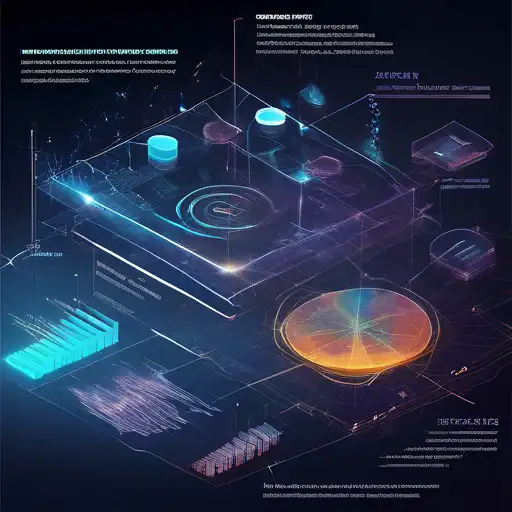Introduction to Data Visualization
In today's data-driven world, the ability to effectively visualize data is crucial for uncovering hidden insights and making informed decisions. Data visualization techniques transform complex datasets into graphical representations, making it easier to identify patterns, trends, and outliers.
Why Data Visualization Matters
Data visualization is not just about creating pretty charts; it's about communicating information clearly and efficiently. By leveraging the right techniques, businesses can enhance their analytical capabilities, leading to better strategic decisions.
Key Data Visualization Techniques
There are several data visualization techniques that can help you gain better insights from your data. Here are some of the most effective ones:
- Bar Charts and Column Charts: Ideal for comparing quantities across different categories.
- Line Graphs: Perfect for tracking changes over time.
- Pie Charts: Useful for showing proportions within a whole.
- Scatter Plots: Great for identifying relationships between variables.
- Heat Maps: Excellent for visualizing complex data like user behavior on websites.
Choosing the Right Visualization
Selecting the appropriate visualization technique depends on the nature of your data and the insights you wish to derive. For instance, if you're analyzing sales performance across different regions, a bar chart might be more effective than a pie chart.
Advanced Data Visualization Tools
With advancements in technology, there are now powerful tools available for creating sophisticated visualizations. Tools like Tableau, Power BI, and Python's Matplotlib library offer extensive capabilities for data visualization.
Best Practices for Effective Visualization
To maximize the impact of your data visualizations, consider the following best practices:
- Keep it simple and avoid clutter.
- Use colors strategically to highlight key information.
- Ensure your visualizations are accessible to all audiences, including those with color vision deficiencies.
- Always provide context for your data to aid interpretation.
Conclusion
Data visualization is a powerful tool for transforming raw data into actionable insights. By mastering various visualization techniques and adhering to best practices, you can unlock deeper insights and drive better decision-making in your organization.
For more information on how to leverage data visualization in your business, check out our analytics section.
